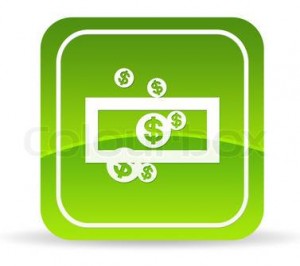 Interest rates are at historic lows. If your home or car loan is older than a year, chances are that you could save lots of money by refinancing. If you have tried to refinance, but didn’t qualify, try again. There are new government programs now that may work for you.
Interest rates are at historic lows. If your home or car loan is older than a year, chances are that you could save lots of money by refinancing. If you have tried to refinance, but didn’t qualify, try again. There are new government programs now that may work for you.
Lower Your Rate
Refinancing a home loan of $250,000 from 7% (a typical rate several years ago) to 3% (a good rate today) would save you over $600 per month. To see how much you could save, see the loan calculator at cnnmoney.com/tools.
Reduce Your Term
But if you’ve paid off several years on your 30-year loan, don’t refinance with a new 30-year loan. Instead, choose a 15-year loan so you don’t delay the date your house is paid off. 15-year loans are even better because they have lower rates than 30-year loans.
Tips:
- Before refinancing, check to see if your current loan has a pre-payment penalty. Even if it does, you may still save money—but you’ll want to consider that as you calculate how much you’ll save.
- If you owe more for your car or home than it is worth, you are “upside down” on your loan and may have to pay a higher rate. But you may still be able to get better rates today than when you took out the loan. You can estimate the value of your car at kbb.com.
- Look up your credit score for free at credit.com and find corresponding auto loan rates at myfico.com. The best rates go to those with 760 or higher. Don’t make any large credit purchases or apply for loans or new cards for at least 3 months before you go loan shopping. One large balance—even if it’s paid off at the end of the month—can reduce your score by 20 points.
- Shop around. Your local credit union may provide better rates than a larger bank. If you need a large loan or have a special situation (such as being self-employed), call a mortgage broker who has access to a lot of lenders. You can find fee-only broker at upfrontmortgagebrokers.org.



